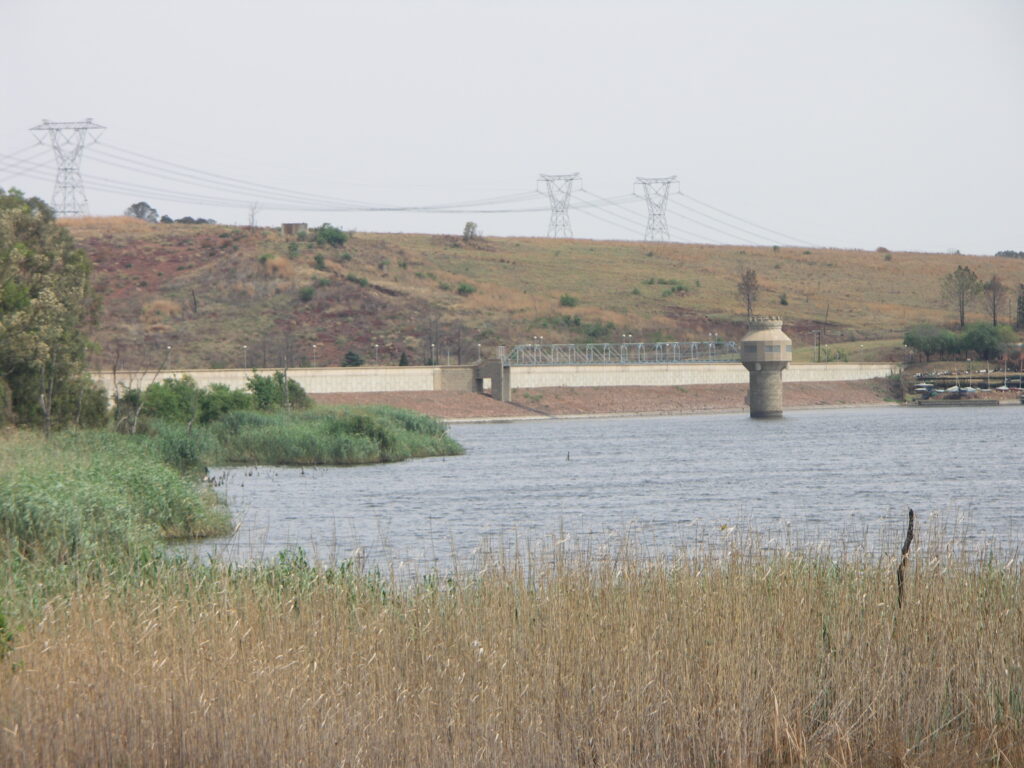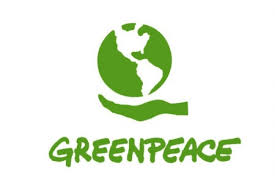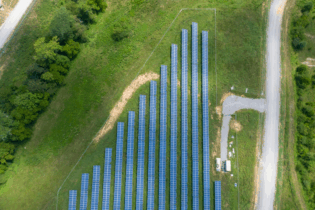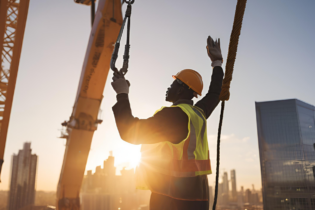Corobrik, an industry leader in the production of clay bricks, got the go-ahead on its environmental plan approved by the Department of Mineral Resources and Energy to begin a mine near the Ritvlei Nature Reserve. In response, Greenpeace posted a petition for the general public to share and stand against the decision.
In the petition, Greenpeace argues that the area is a natural haven and is home to rhino, buffalo, cheetah and birdlife. Above this, the area also provides 15% of Pretoria’s water. They argue that a coal mine in the area will be devastating for the Reserve as well as the water supply, and plea for public support in stopping this mine before it has started operations. In their statement, they add that, “Gwede Mantashe, Minister of Mineral Resources and Energy as well as the Minister of Environment, Forestry and Fisheries, Barbara Creecy cannot ignore this issue,”
Corobrik responds

Nick Booth, Corobrik CEO
In response to this Corobrik intends to clarify its position regarding its alleged coal mining at the Rietvlei clay quarry. The company explains that the best way to ensure the long-term viability of its clay quarry next to the environmentally sensitive Rietvlei Nature Reserve in Centurion is to remove the coal deposits that have been found.
The company claims that contrary to what the petition says, it is not opening a coal mine, and is simply taking out the coal deposits so that they can keep operating the clay quarry, which has not caused any disturbance to the nature reserve for the last 40 years.
“Bearing in mind that there is already an established coal mining operation in the area, we have operated our Rietvlei quarry sustainably for 40 years due to our successful mitigation measures,” comments Corobrik CEO Nick Booth.
Corobrik adds “With the removal of the coal deposits, there will be no additional threat to the nature reserve. Booth adds that the discovery of coal has required a few minor adjustments to Corobrik’s environmental planning or mitigation measures at its clay quarry.”
One of the ways that Corobrik will ensure best practice and sustainability is to drill ahead of the quarry in order to understand the clay deposits and reduce the quantity of overburden that needs to be removed. Planning must also consider surface water collection, which involves trenching, containment, and pumping.

The Rietv Nature Reserve, by Konica Minolota Digital Camera
Acid mine drainage
For the past 40 years, no water has left the site due to the berm that surrounds the property, the company claims. Therefore, Corobrik claims that the concern of acid mine drainage because of the coal removal is “not an issue.”
Corobrik says it conducts regular and stringent testing of water at the site, both on surface water and from boreholes, which are tested once a quarter for any contaminants.
“The ultimate aim is to reuse that as process water, either as dust suppression or even back into manufacturing in order to conserve this precious resource,” highlights Booth.
Another consideration is natural vegetation, but the company claims it is fortunate in that its clay quarries do not have an impact on the natural environment.
Site rehabilitation
However, there is the possibility of returning the site to agricultural use because the overburden and topsoil are removed and stored separately.
“With backfilling, the topsoil is returned with all its seeds present. The grass usually grows back very quickly as long as you have a decent rainy season. Generally, the land recovers very quickly.”
“From a sustainability point of view, clay is a very environment-friendly material to mine. It is not a mineral rock like platinum or gold that requires crushing and processing with its attendant chemical processes.,” concludes Booth.
“We are simply using the natural clay for brickmaking. Brick is a sustainable building material and is well-accepted as such. From a quarrying and sustainability point of view, it involves one of the greenest mining processes possible.”










